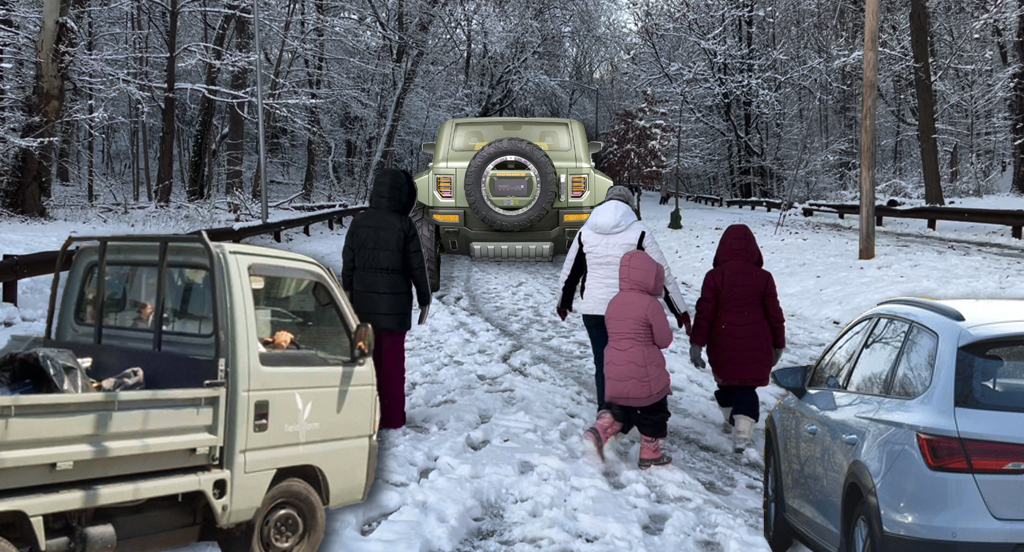
November's Governing Magazine has a great story on how big cities across the U.S. are gearing up to make themselves more bike-friendly. There is no mention of New York City, but check out what Chicago is doing and how they are doing it:
In the next decade, it plans to expand its network of bike trails to 500 miles, and has set a goal of putting a bike path of some sort within half a mile of every city resident. This summer, Chicago released its master bicycling plan, which it calls Bike 2015. The culmination of three years of study, the plan commits the city to a goal, less than a decade from now, of having 5 percent of all trips covering less than 5 miles made by bicycle. It pledges to cut the number of bike injuries in half. Thousands of new short- and long-term bike storage facilities are planned for locations all over the city. Many schools and transit stations would have dedicated bike lanes leading straight to the front door. "It's definitely a very ambitious plan," acknowledges Ben Gomberg, head of the city's bicycle program. But he insists it can be done.
One reason it might happen is that it has the powerful support of the city's longtime mayor, Richard M. Daley, a biker himself. Chicago is a city where the mayor usually gets what he wants, and bicycles, along with health and environmental improvements, have been a near-obsession for Daley over the past several years.
How are they funding these efforts?
Most bike promotion programs don't seem to have much trouble attracting money. In general, cities have been able to rely on corporate funding and federal transportation subsidies to build their systems. Chicago's new $3 million downtown bike station was paid for with federal funds and is now privately run. The transportation bill approved by Congress last year included about $4.5 billion for pedestrian and cycling projects - a 35 percent jump from previous spending levels. In many cases, bicycling improvement projects, particularly those that spruce up neighborhoods or provide safe routes to schools, qualify for Community Development Block Grants.
What is the lesson learned from cities that are doing a good job of promoting bicycling?
Then, the biggest lesson for cities, says Clarke, is that a successful bike-commuting policy is a combination of infrastructure, education and promotion. While cities must build the right facilities - bikeways, storage, parking - they also must help cyclists gain the skills and confidence to ride in traffic. Efforts in that direction may include bike route maps, for example, or the bike ambassadors that Chicago has been trying. Combining these elements, Clarke says, is key. "The places that have been successful at this have done much more than just add bike lanes."
Photos: Aaron Naparstek, July 2006





